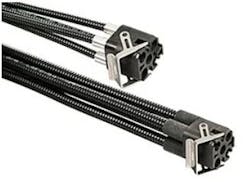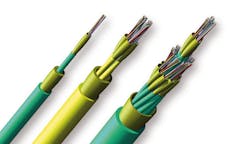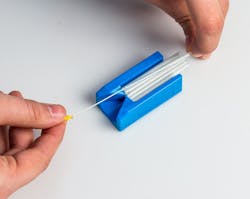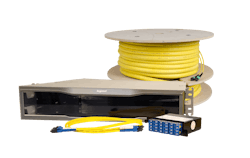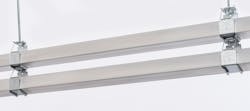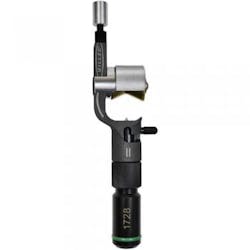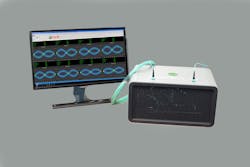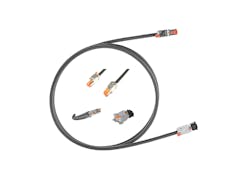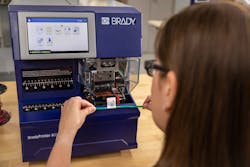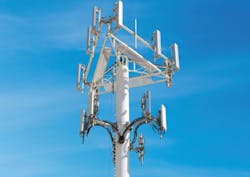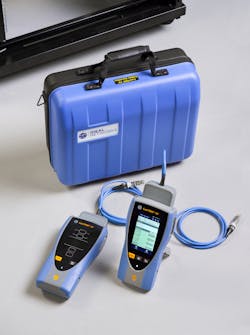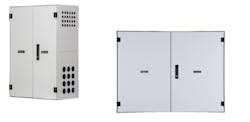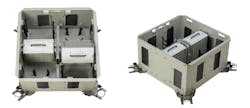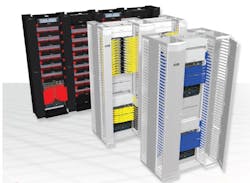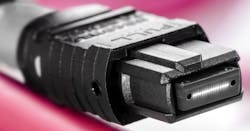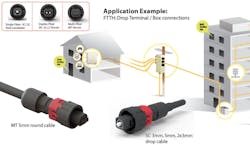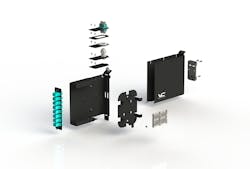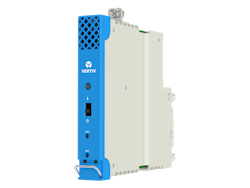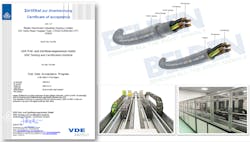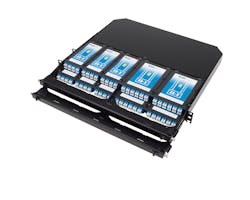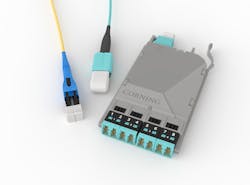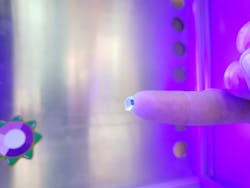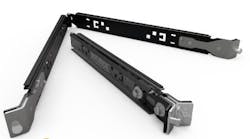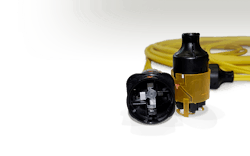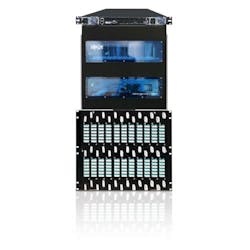Innovative cabling systems, projects and programs recognized
For the sixth consecutive year, Cabling Installation & Maintenance honors organizations and people who drive the information and communications technology (ICT) industry forward through the Cabling Innovator Awards. The program celebrates products, systems, projects, and programs that and enable better, more-efficient communications for users of information and communications technologies around the world. The program recognizes ingenuity and innovation wherever it is found in the value chain of cabling-system design, installation and administration.
Our judging panel comprises industry professionals with vast experience in the specification, design, installation, evaluation, and administration of ICT systems. That panel evaluated each entry based on six criteria:
- Innovative approach to product, system, program or project design and implementation
- Value to the user, which can be measured by qualities including return on investment, loss prevention, or business-efficiency gains
- Sustainability, characterized by overall eco-friendliness, long-term value, or lifecycle cost-effectiveness
- Meeting a defined need as a well-conceived and well-executed initiative that fully meets specific user requirements
- Collaboration, which can include communication and cooperation throughout the value chain through which the entry was developed, produced, procured, or deployed
- Impact, recognized as the difference that an innovation makes on the professionals involved, on the productivity of its ultimate users, or on society as a whole
Based on our judges’ evaluations, worthy applicants are being recognized as having achieved Silver, Gold, or Platinum status for their innovations.
Silver awards: Marked improvement
A Silver level Cabling Innovator Award is granted to an innovation that has resulted in not just incremental improvement, but in marked improvement over previous methods, approaches, or use of systems and products.
Here are the 2020 Cabling Innovators Silver Award honorees.
Gold awards: Excellent innovations
Gold-level awards are earned by organizations whose innovations are judged to be excellent, and whose benefits are clear. Each gold-level innovation makes a substantial improvement over previous methods employed, approaches taken, or products and systems used.
Following are 2020 Cabling Innovators Gold Award recipients.
Platinum awards: Breaking new ground
Our final set of awards, the Platinums, have been judged to be superb innovations, characterized by a groundbreaking approach to meeting a need, or establishing a new level of performance, efficiency, ease-of-use, and other beneficial qualities. Here are our 2020 Cabling Innovators Platinum Award honorees.

